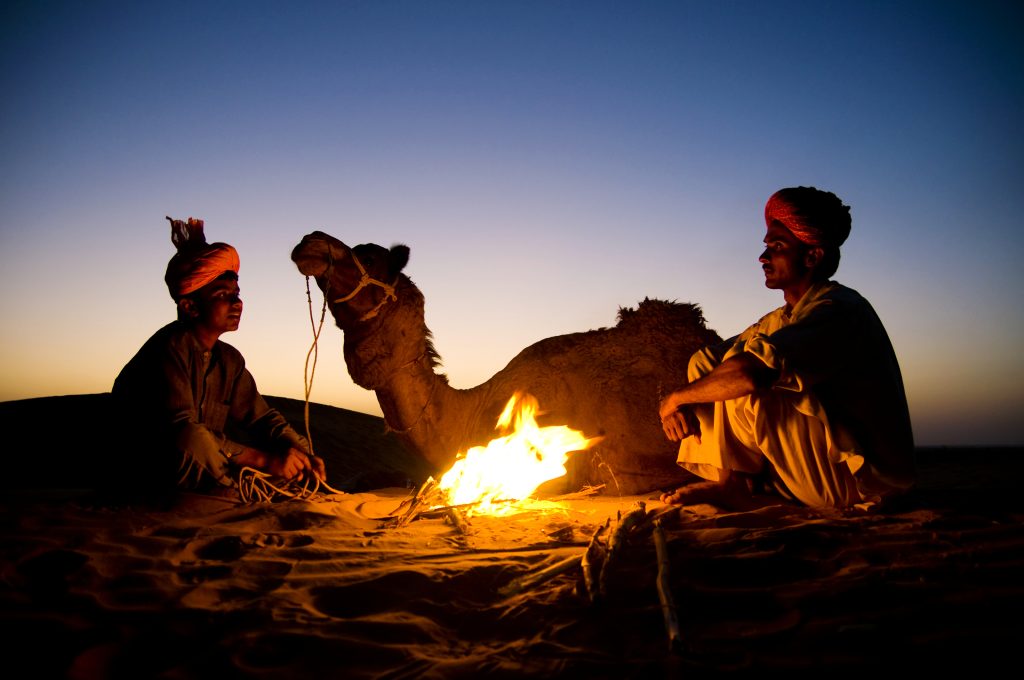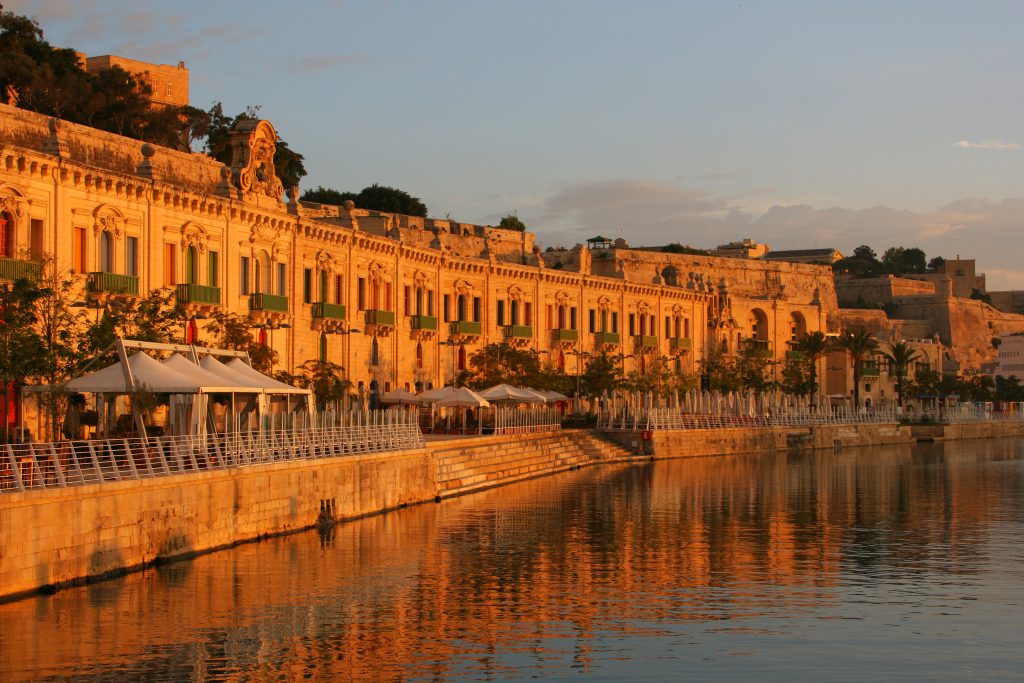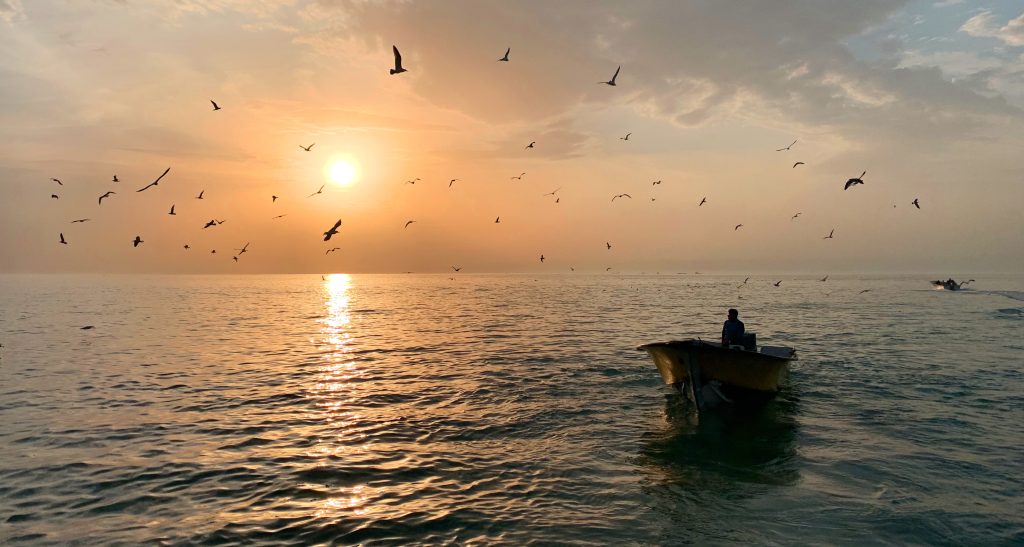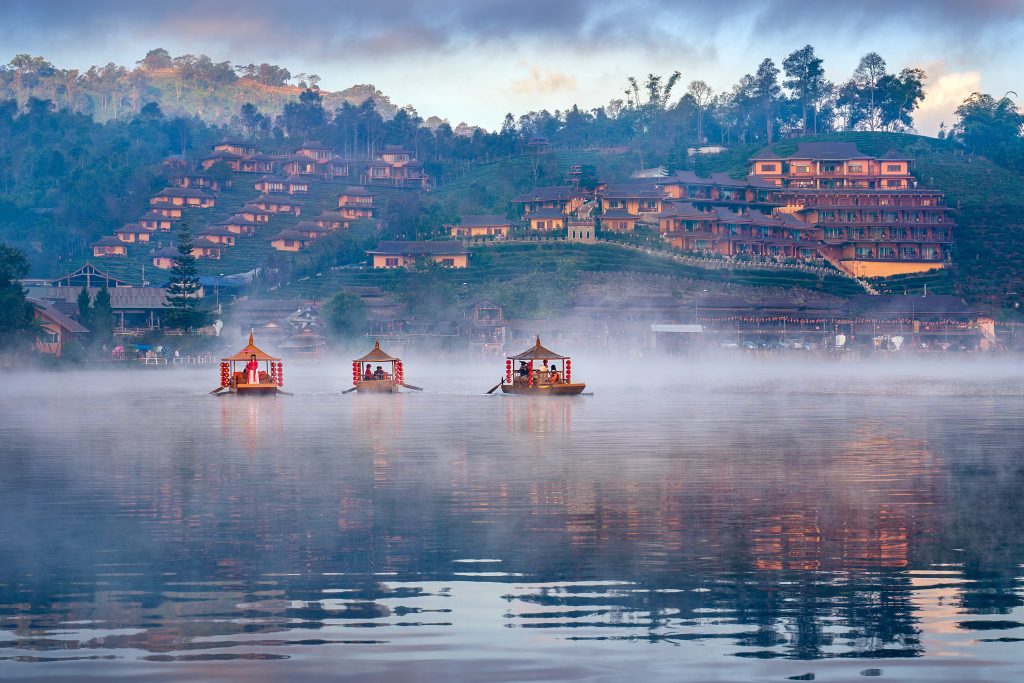Welcome to Jaipur, the captivating capital of Rajasthan, known as the Pink City. With its rich history, stunning architecture, vibrant culture, and warm hospitality, Jaipur offers a blend of old-world charm and modern-day vibrancy. Let’s take a journey through this mesmerizing city, exploring its historical significance, architectural marvels, cultural richness, and more.
A Glimpse into History
Jaipur was founded in 1727 by Maharaja Sawai Jai Singh II, a visionary ruler and an astronomer. The city was meticulously planned according to the principles of Vastu Shastra, the ancient Indian science of architecture and town planning. Its unique layout, with broad streets, grand squares, and uniform pink-colored buildings, was revolutionary for its time and continues to awe visitors today.
The nickname “Pink City” dates back to 1876 when Maharaja Ram Singh painted the entire city pink to welcome the Prince of Wales (later King Edward VII). The color pink symbolizes hospitality, and this tradition has been maintained, making Jaipur one of the most visually striking cities in India.
Architectural Marvels
Jaipur is a treasure trove of architectural wonders, each narrating stories of a bygone era. Here are some must-visit landmarks:


Hawa Mahal (Palace of Winds)
The Hawa Mahal, an iconic symbol of Jaipur, is a five-story palace with a facade resembling a honeycomb. Built in 1799 by Maharaja Sawai Pratap Singh, it features 953 small windows (jharokhas) designed to allow royal ladies to observe street festivals without being seen. The breeze flowing through these windows keeps the palace cool, giving it the name Hawa Mahal.
City Palace
Located in the heart of Jaipur, the City Palace is a sprawling complex that includes courtyards, gardens, and buildings. The blend of Mughal and Rajasthani architecture is evident in its design. The palace houses museums displaying royal artifacts, including costumes, weapons, and paintings. The Chandra Mahal, a seven-story palace within the complex, offers a panoramic view of the city.
Amer Fort
Situated on a hilltop overlooking Maota Lake, Amer Fort is a magnificent structure built with red sandstone and marble. It was constructed in 1592 by Raja Man Singh and later expanded by successive rulers. The fort’s grandeur is evident in its intricate carvings, mirror work, and expansive courtyards. The Sheesh Mahal (Mirror Palace) inside Amer Fort is particularly famous for its stunning mirror mosaics.
Jantar Mantar
A UNESCO World Heritage Site, Jantar Mantar is observatory built by Maharaja Sawai Jai Singh II. It houses the world’s largest stone sundial and various other instruments used to measure time, predict eclipses, and track stars. The precision and scale of these instruments reflect the scientific advancements of the period.
Cultural Richness
Jaipur is a cultural hub that celebrates its heritage with grandeur and enthusiasm. The city’s vibrant culture is showcased through its festivals, arts, crafts, and cuisine.
Festivals
Jaipur is known for its colorful festivals, which are celebrated with great fervor. The Jaipur Literature Festival, held annually in January, attracts authors and book lovers from around the world. The Teej Festival, celebrating the onset of monsoon, and the Kite Festival, marking Makar Sankranti, are other popular events that fill the city with joy and excitement.
Arts and Crafts
Jaipur is a major center for gemstone cutting, particularly for emeralds. It is also renowned for its blue pottery, block printing, and hand-woven textiles. Visiting local markets like Johari Bazaar and Bapu Bazaar offers a glimpse into the skilled craftsmanship of Jaipur’s artisans.
Culinary Delights
Jaipur’s cuisine is a delightful journey for the taste buds. The city offers a range of traditional Rajasthani dishes that are rich in flavor and heritage.
Must-Try Dishes
Dal Baati Churma: A quintessential Rajasthani dish, it consists of baked wheat balls (baati) served with lentils (dal) and a sweet crumbly mixture (churma).
Ghewar: A sweet delicacy, particularly popular during the Teej Festival, made from flour, sugar, and ghee.
Laal Maas: A spicy meat curry made with mutton and red chilies, reflecting the bold flavors of Rajasthan.
Dining Experiences
Jaipur offers a variety of dining experiences, from street food stalls to royal dining in heritage hotels. For an authentic experience, dining at places like Chokhi Dhani, a traditional village resort, allows you to savor Rajasthani cuisine in a cultural setting.
Modern-Day Jaipur
While deeply rooted in tradition, Jaipur has embraced modernity with open arms. The city is home to numerous contemporary attractions, luxury hotels, and shopping malls, providing a perfect blend of old and new.
Shopping
In addition to traditional markets, Jaipur boasts modern shopping centers like the World Trade Park and Gaurav Tower. These places offer a mix of international brands and local boutiques, catering to all shopping preferences.
Accommodation
Jaipur’s hospitality industry caters to all kinds of travelers, from budget-friendly guesthouses to opulent heritage hotels like the Rambagh Palace and the Raj Palace. These hotels offer a royal experience, with luxurious amenities and impeccable service.
Getting Around
Jaipur’s well-connected infrastructure makes it easy to explore the city. Options include:
Auto Rickshaws and Cycle Rickshaws: Convenient for short distances.
Taxis and App-Based Cabs: Available for comfortable and hassle-free travel.
Buses: The Rajasthan State Road Transport Corporation (RSRTC) operates an extensive network of buses.
Metro: The Jaipur Metro connects key parts of the city, providing a quick and efficient mode of transport.
Conclusion
Its historical landmarks, cultural vibrancy, architectural splendor, and warm hospitality make it a must-visit destination. Whether you are a history buff, a cultural enthusiast, a foodie, or simply seeking a memorable travel experience, Jaipur has something for everyone. So, pack your bags and get ready to immerse yourself in the enchanting world of the Pink City. Welcome to Jaipur!
Varanasi: The City on the sites of the Ganges:
Welcome to Varanasi, one of the oldest inhabited cities in the world. Situated on the banks of the sacred Ganges River in the northern Indian state of Uttar Pradesh, Varanasi is a spiritual and cultural hub that has drawn pilgrims, scholars, and travelers for centuries. Let’s explore the essence of Varanasi, its historical significance, cultural richness, and the best places to visit in this timeless city.
A Journey Through Time
Varanasi, also known as Kashi or Banaras, has a history that stretches back over 3,000 years. It is often referred to as the “City of Light” and holds a prominent place in Hindu mythology and culture. According to legend, Varanasi was founded by Lord Shiva, one of the principal deities in Hinduism. The city is a major center for learning and civilization, having been home to ancient universities and scholars.
Mark Twain, the famous American author, once said, “Varanasi is older than history, older than tradition, older even than legend, and looks twice as old as all of them put together.” This timeless city is a confluence of the past and the present, where life and death coexist in a seamless cycle.
Spiritual Significance
Varanasi is one of the holiest cities in Hinduism, and it is believed that dying here and being cremated on the banks of the Ganges River allows one to attain moksha from the cycle of life and death. The city’s ghats (riverfront steps) are lined with temples and shrines, and they serve as a focal point for spiritual activities such as bathing in the sacred river, performing rituals, and conducting cremations.
Best Places to Visit in Varanasi
Varanasi is a city that offers a unique spirituality, culture, and history. Here are some of the must-visit places that capture the essence of this ancient city:
- The Ghats of Varanasi
The ghats of Varanasi are the heart and soul of the city. There are around 88 ghats, each with its own significance and charm. Some of the most notable ghats include:
Dashashwamedh Ghat: The most famous and busiest ghat, Dashashwamedh Ghat is known for its evening Ganga Aarti, a spectacular ritual of worship involving fire, music, and chants. The Aarti attracts thousands of devotees and tourists every evening.
Manikarnika Ghat: This is the main cremation ghat in Varanasi, where the eternal flame is believed to have been burning for centuries. It is considered highly auspicious for Hindus to be cremated here.
Assi Ghat: Located at the confluence of the Ganges and Assi Rivers, this ghat is a popular spot for pilgrims and tourists. It is known for its tranquil atmosphere and the Subah-e-Banaras, a morning cultural event featuring classical music and yoga.
- Kashi Vishwanath Temple
The Kashi Vishwanath Temple, dedicated to Lord Shiva, is one of the most revered temples in Varanasi. The temple’s main deity is Vishwanath, or the “Lord of the Universe.” It has been a center of faith for millions of Hindus and has been visited by several prominent figures, including Adi Shankaracharya, Swami Vivekananda, and Maharaja Ranjit Singh. The temple’s golden spire, covered in 800 kilograms of gold, is a sight to behold. - Sarnath
Located about 10 kilometers from Varanasi, Sarnath is an important Buddhist pilgrimage site. It is here that Gautama Buddha delivered his first sermon after attaining enlightenment, setting in motion the Wheel of Dharma. Key attractions in Sarnath include:
Dhamek Stupa: A massive stupa marking the spot where Buddha preached his first sermon.
Ashoka Pillar: Erected by Emperor Ashoka, the pillar is inscribed with edicts promoting Buddhist teachings.
Sarnath Archaeological Museum: This museum houses an impressive collection of artifacts, including the famous Lion Capital of Ashoka, which is now the national emblem of India.
- Banaras Hindu University (BHU)
Founded in 1916 by the nationalist leader Pandit Madan Mohan Malaviya, Banaras Hindu University is one of the largest residential universities in Asia. The sprawling campus is home to the stunning Vishwanath Temple (New Vishwanath Temple), a replica of the original Kashi Vishwanath Temple, and the Bharat Kala Bhavan, a museum with an extensive collection of Indian art and artifacts. - Ramnagar Fort
Situated on the eastern bank of the Ganges, Ramnagar Fort is a 17th-century sandstone fort and palace that was the residence of the Maharaja of Varanasi. The fort houses a museum showcasing vintage cars, medieval costumes, manuscripts, and an armory. The Durga Temple and a replica of the Vyas Temple are also located within the fort premises. - Tulsi Manas Temple
This modern temple, built in 1964, is dedicated to Lord Rama and is named after the saint-poet Tulsidas, who composed the Ramcharitmanas, an epic poem based on the Ramayana.
Cultural Richness
Varanasi is not just a spiritual hub but also a center of music, arts, and crafts. The city has produced many renowned musicians, poets, and artists who have contributed significantly to Indian culture.


Handicrafts
The city is famous for its exquisite silk sarees, known as Banarasi sarees, which are a must-buy for visitors. The intricate weaving and fine gold and silver brocade work make these sarees highly sought after. Varanasi is also known for its brassware, wooden toys, and handmade carpets.
Culinary Delights
Varanasi offers a delightful culinary journey with its array of traditional dishes and street food. Some must-try delicacies include:
Kachori Sabzi: A popular breakfast dish consisting of deep-fried pastries filled with spiced lentils, served with a flavorful potato curry.
Chaat: Varanasi is known for its lip-smacking chaat, a savory snack made with a mix of crispy fried dough, yogurt, tamarind chutney, and spices.
Malaiyo: A winter specialty, malaiyo is a frothy, creamy dessert made from milk and flavored with saffron and cardamom.
Banarasi Paan: A betel leaf stuffed with areca nut, slaked lime, and various flavorings, Banarasi paan is a traditional after-meal mouth freshener.